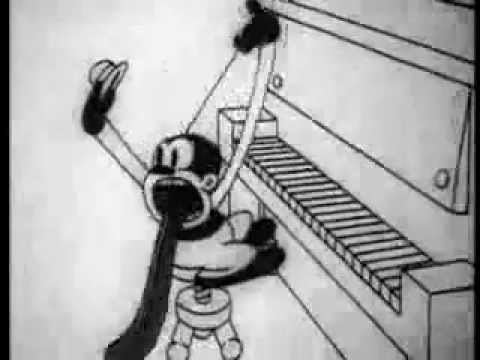Release date(s) May 1929 Director Hugh Harman Film series Looney Tunes | Initial release May 1929 Voice Carman Maxwell Screenplay Rudolf Ising, Hugh Harman | |
 | ||
Directed by Hugh Harman and Rudolf Ising Distributed by Warner Bros. Pictures, Inc. (as Warner Brothers Production) Similar Sinkin' in the Bathtub, Congo Jazz, The Booze Hangs High, Bosko the Doughboy, Box Car Blues | ||
Bosko, the Talk-Ink Kid is a 1929 live-action/animated short film produced to sell a series of Bosko cartoons. The film was never released to theaters, and therefore not seen by a wide audience until 2000 (71 years later) on Cartoon Network's television special Toonheads: The Lost Cartoons. The film was produced in May 1929 and directed by Hugh Harman and Rudolf Ising.
Contents
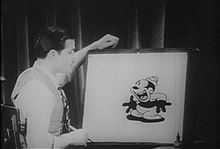
Plot
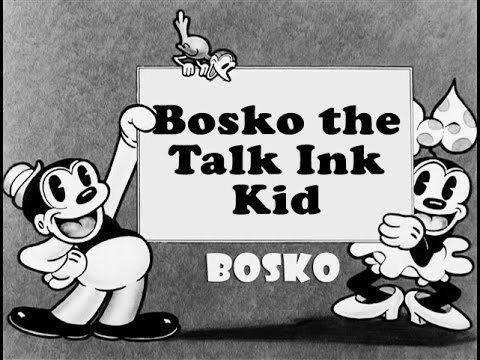
Rudolf Ising is thinking of ideas for a new character, until he draws a blackfaced person, who comes to life. The new character introduces himself as Bosko, and he speaks, sings, dances and plays the piano before Ising sucks him into his ink pen and pours him back into the inkwell. Bosko pops out of the bottle and promises to return.
Production
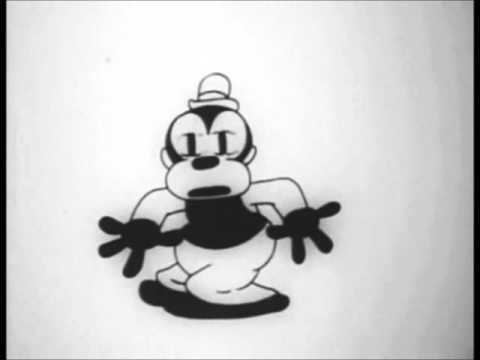
In 1928, when Walt Disney lost control of his Oswald The Lucky Rabbit cartoon series, producer George Winkler hired away several of Disney's animators to continue producing the Oswald cartoons for Universal Studios. These animators included Hugh Harman, Rudolf Ising, Isadore "Friz" Freleng, Carman "Max" Maxwell, Norm Blackburn, Paul Smith, and Rollin "Ham" Hamilton. Universal later chose to produce the Oswald series using its own in-house animators headed by Walter Lantz, which left Winkler's animators out of work. The unemployed animators decided to produce their own cartoons and made Bosko, The Talk-Ink Kid as a demonstration to show to distributors. Rudolf Ising appeared on-screen as himself in the short and Carman Maxwell performed the voice of Bosko. Harman and Ising shopped for a distributor, but were turned down by both Paramount Pictures and Universal. Leon Schlesinger, head of Pacific Title & Art Studio took an interest in Bosko and used his connections with Warner Bros. to get a distribution deal for a cartoon series that Harman and Ising later named Looney Tunes, a play on the name of Walt Disney's Silly Symphony series.
Home video
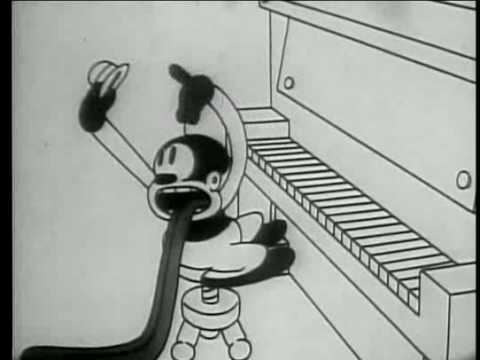
Bosko, the Talk-Ink Kid is available on disc 4 of the DVD set Looney Tunes Golden Collection: Volume 1 and disc 3 of the Blu-ray set Looney Tunes Platinum Collection: Volume 2.
Preservation
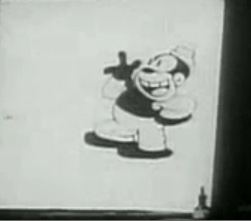
The short was considered lost for many decades, with only the film's Vitaphone soundtrack still in existence. By the late 1950s, when the film was being sold in a package on television, it was transferred into 16mm film by Associated Artists Productions in 1956 and was shown on television. Turner Entertainment Co. had a 35mm film, but did not acknowledge its existence until 1999. The short was later restored on DVD.
